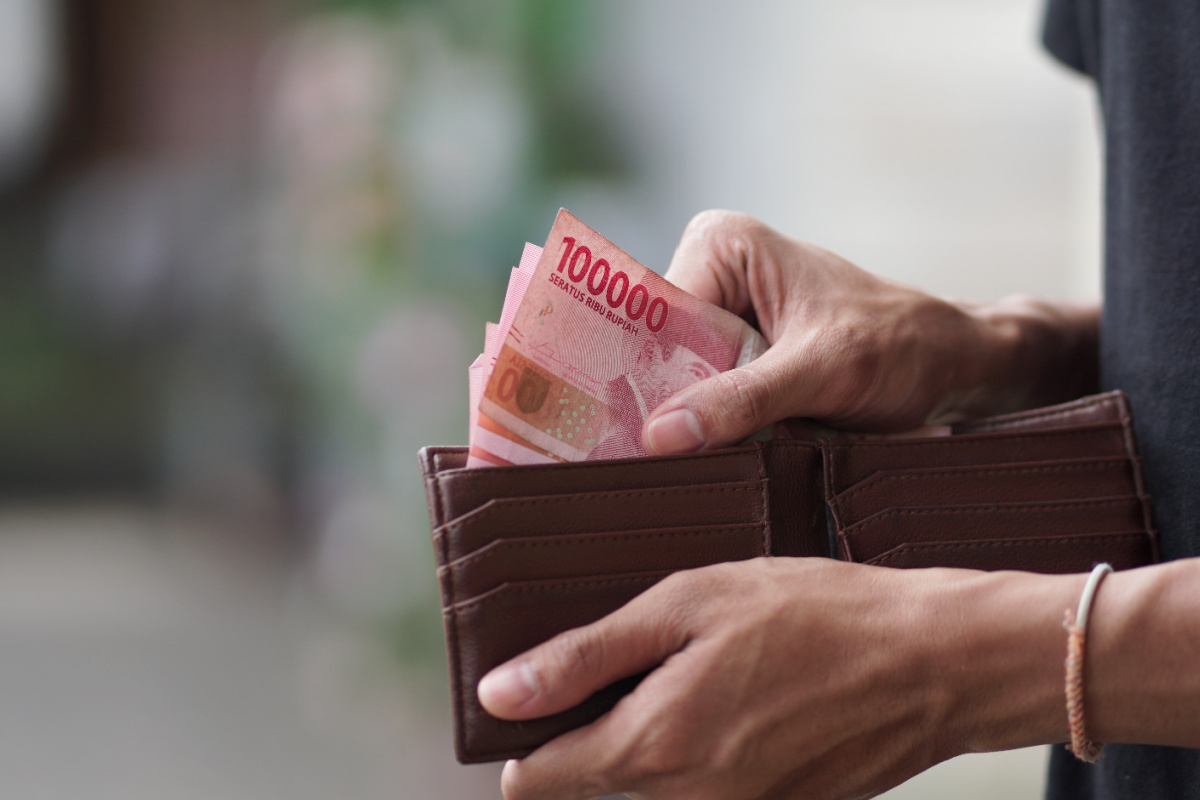If you’re gearing up to head to Bali during the festive season or even into 2025, it’s crucial to remember an essential tip: while the world seems to be adopting more digital payment systems, in many corners of Bali, cash is still king.

The Digital Shift and Bali’s Cash Culture
The move toward cashless transactions can be tempting to ignore, especially when you’re in a tropical paradise like Bali. On my last trip there, I marveled at how many places accepted card payments—from luxury hotels to cozy cafes. However, there were still moments when I found myself needing cash.
In recent years, Bali has indeed embraced the digital age. Numerous hotels, restaurants, and attractions now accept credit and debit cards. The post-pandemic landscape has accelerated the uptake of contactless payment methods and apps like OVO that have made it easier for locals to go digital.
The Rise of Cashless Attractions
As we look at 2024, Bali continues to modernize. Take the iconic Jatiluwih Rice Terraces, for instance—they have transitioned to a cashless payment system. The manager, Ketut Purna, shared, “In addition to the implementation of non-cash, it is part of reducing problems in the field.” For tourists, this ensures that payments can be made more conveniently.
Why Cash Is Still Essential in Bali
Yet, despite these advancements, cash remains a must-have for tourists in Bali. During my visit, I discovered that many local experiences, such as street food stalls or spontaneous trips to community-operated attractions, required cash payments. Let me tell you, grabbing a delicious plate of nasi goreng at a beach shack without cash can lead to an awkward—and hungry—situation!
When visiting Bali’s beautiful beaches, you’ll need small denominations for entry fees, which can range from IDR 5,000 to IDR 20,000. And don’t forget about car parking: it typically costs IDR 5,000 for a car and IDR 2,000 for a moped. Having exact change makes life so much smoother.
Smart Ways to Withdraw Cash
You might be wondering when and where to get cash while visiting Bali. Should you withdraw from a local ATM or exchange money at the airport? As a traveler, I prefer using ATMs equipped for international cards, especially those associated with digital banks like Wise or Revolut, which often have better rates and no withdrawal fees. However, some ATMs do charge a fee, so be wary!
Exchanging money in Bali can be straightforward if you stay vigilant. Always use bank branches or reputable exchange locations at hotels to avoid scams. If you find yourself at a currency exchange in a bustling tourist area, double-check the daily exchange rates. Verify the amount exchanged and always count the cash before leaving—after all, it’s your money!
Stay Vigilant While Managing Your Cash
It’s not uncommon to hear stories of currency exchange tellers engaging in sleight-of-hand tricks. When I was in Bali, I made it a point to count my notes right in front of the teller, making sure I understood how much money I had acquired. Remember, don’t let the many zeros confuse you; taking a moment to confirm your cash can save you a lot of frustration later on!
In conclusion, while Bali is trending toward modern payment solutions, being prepared with cash will enhance your travel experience. From indulging in local delicacies to exploring hidden gems, having cash ensures you won’t miss out on anything during your magical Bali adventure. So pack your bags, grab your cash, and get ready for an unforgettable trip!






